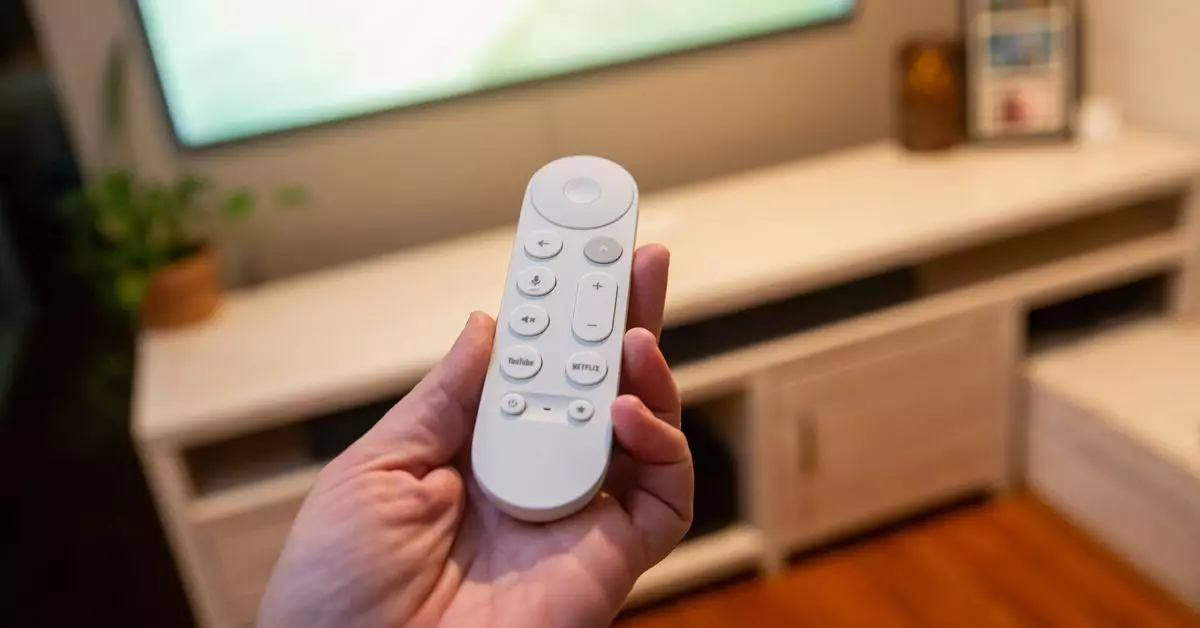In the ever-evolving landscape of consumer technology, typing on a television has long been a universal challenge. Viewers often find themselves grappling with cumbersome on-screen keyboards, which are not only inconvenient but also hinder creative expression and practical usage. A recent innovation showcased at CES 2025, developed by the company Direction9, promises to revolutionize how we type on TVs, bringing the nostalgia of T9 texting into the modern era.
For many, the experience of typing on a TV can be exasperating. Traditional on-screen keyboards, particularly those incorporated into smart TVs and streaming devices, are often clunky and inefficient. The directional pads that dominate these remote controls provide limited navigation, making the typing process tedious. As the demand for content creation and communication via television increases, the necessity for a more efficient input method has become increasingly clear.
Direction9 addresses this problem head-on with an innovative solution that draws from the T9 input system, originally designed for early mobile phones. T9 transformed the way users communicated in text by assigning multiple letters to single keys, allowing for faster typing. Direction9’s adaptations of this model could very well mark a significant shift in how users engage with their televisions.
The core of Direction9’s typing system revolves around a three-by-three grid layout that resembles the traditional T9 interface. This modern adaptation places all letters within easy reach: as the cursor starts positioned at the center, users can swiftly navigate to their desired letter. The design minimizes the number of clicks needed to input text, making it far more user-friendly than traditional layouts.
A standout feature of this system is its “smart” mode, which employs predictive technology. By simply selecting a few letters, the algorithm attempts to deduce the word the user intends to type. This could significantly accelerate the typing process, although, as some beta tests reveal, it may struggle with more complex vocabulary. However, the option for manual input remains available, accommodating users who prefer a more controlled typing experience.
One of the most vital aspects of Direction9’s success hinges on its potential adoption by streaming services and smart TV manufacturers. CEO Leon Chang’s vision for this typing interface suggests partnerships with leading companies to embed this technology into their platforms. However, until such partnerships are finalized, the innovative keyboard remains in the conceptual phase. The promise of a better typing experience is tantalizing, yet its implementation in everyday technology is still unfolding.
During a hands-on demonstration at CES, the simplicity of the Direction9 system was apparent. Users could learn the interface quickly, even becoming proficient enough to type without glancing at the screen shortly after their initial exposure. This ease of learning could lead to broader acceptance, making it a notable advance over traditional on-screen keyboards.
While Direction9’s T9 system is undoubtedly an advancement, it is not without its shortcomings. There is an inherent learning curve, and early users may initially find the interface somewhat perplexing compared to conventional keyboards. Nonetheless, for those eager to enhance their typing speed and efficiency on their TVs, the investment in time may prove worthwhile.
As the market for smart TVs and streaming applications continues to grow, the demand for improved input methods is at an all-time high. The usability of Direction9’s system, coupled with its nostalgic roots, may pave the way for a new era in text input on large screens. If successfully integrated, we could see a shift in how viewers interact with content—transforming not just passive consumption into active engagement, but also empowering viewers to create and communicate more effectively.
The introduction of Direction9’s T9 typing system has the potential to modernize the way users interact with their televisions. By learning from the limitations of existing technologies and incorporating the familiarity of past interfaces, Direction9 could easily become a cornerstone in the evolution of TV typing and user experience. As we look forward to potential partnerships and developments, the future of typing on smart TVs seems brighter than ever.

